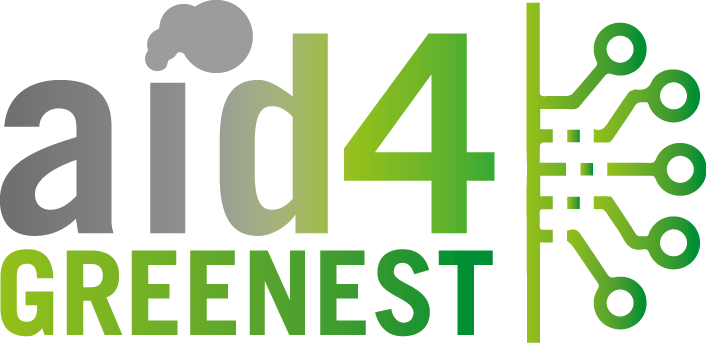AID4GREENEST researcher Kiran Kumaraswamy (Fraunhofer IWM) has highlighted notable improvements in the recently approved CEN Workshop Agreement (CWA) on Materials Characterisation.
While not an EN standard, the CWA is considered a key reference document for the European Committee of Standardisation (CEN), which includes 34 national members representing all EU countries.
Kumaraswamy labelled the updated agreement as “highly relevant” to the AID4GREENEST project moving forward, particularly in relation to standardising documentation across project use cases.
“There have been several significant changes in the new version of the CWA, which moves beyond specific workflows to describe a more generalised process, making it more flexible and widely applicable,” he said.
“It also introduces Business Process Model and Notation (BPMN), a standardised graphical notation for workflows, which improves both visualisation and machine-processable implementations,” he added.
Kumaraswamy was part of the Fraunhofer IWM team that actively participated in review meeting discussions during the drafting of the agreement, along with Dr. Dirk Helm and Yoav Nahshon.
Fellow AID4GREENEST project partner, the Spanish Association for Standardization (UNE) also played a key role in the document through project manager Javier López-Quiles.
One of the principal objectives of the AID4GREENEST project is the development of an artificial intelligence-based online platform for knowledge transfer and standardisation of characterisation methods and modelling tools.
This online platform will serve as a forum for knowledge sharing including workflows, open-access publications, standardisation or guidance documents, and non-confidential data from microstructural and mechanical characterization.
According to the document itself, the revised CWA aims to support FAIR data, improve traceability and reproducibility of materials characterisation procedures, and as such, tinterpretation and reliability of the resulting materials data. Furthermore, it will ease the barrier to utilising increasingly powerful yet complex materials characterisation protocols for industrial applications.
“Standardisation plays an important role in the European Union,” explained López-Quiles. “It can be used to assure the quality, safety, interoperability and compatibility of products and services, and more generally, to facilitate the free movement of goods and services, technological development, and innovation.”
“In relation to innovation in particular, standardisation can be used by academia, industry, manufacturers and service providers in the area of materials characterisation, facilitating the mutual understanding and fostering the information exchange,” he added.
The latest version of the CEN Workshop Agreement on Materials Characterisation – Terminology and Structured Documentation (CWA 17815:2025) can be found here.
